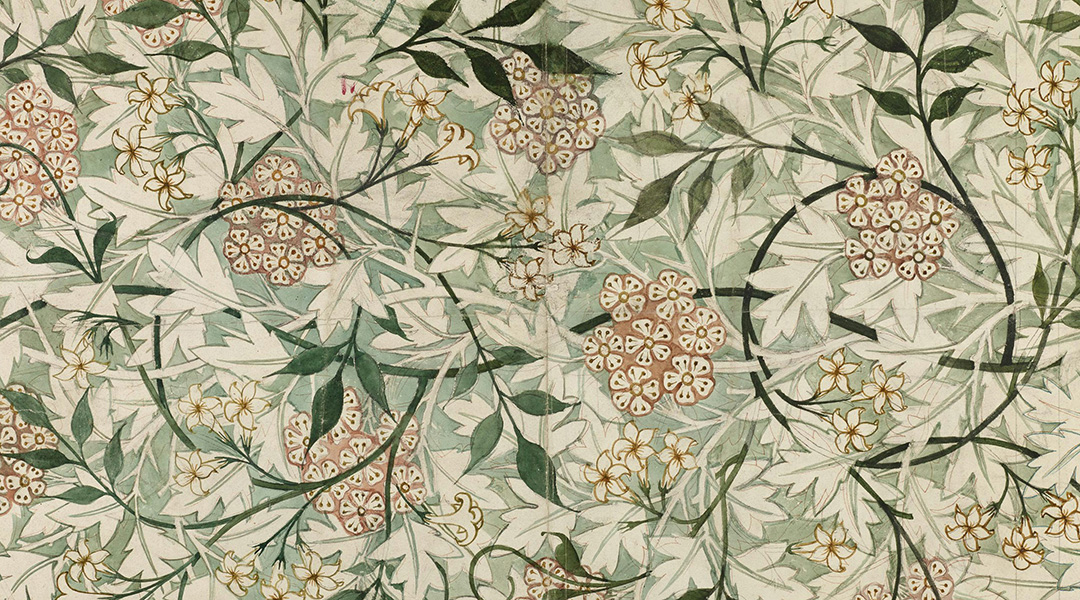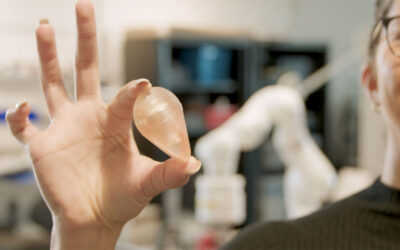A bitter pill is hard to swallow but a spoonful of sugar helps the medicine go down. Could tastes like these explain why particular plants were used as medicines in ancient times?
A new study looked at the role of taste in shaping botanic drug use by pairing the perceptions of a panel of modern-day volunteer tasters with 700 botanical drugs outlined in the 1st Century CE encyclopedia of medicine, De Materia Medica. They found that 45 of 46 therapeutic botanicals were directly associated with a particular taste quality, though not necessarily the ones you might expect.
Ancient medicine
Taste and smell have influenced medicine since we first tried to treat illness. “The link between taste and medicine was realized by the ancient Greek philosophers and physicians,” said Marco Leonti from the University of Cagliari who co-authored the research published in eLife.
“To make sense out of clinical symptoms, healing powers and medicine, ancient Greek physicians conceptualized the so-called humoral theory,” he continued. “The then known four basic taste sensations got integrated into this equilibrium model and associated with the four humors: phlegm, blood, yellow bile, and black bile by Galen in the 2nd century CE.”
The thinking at the time was that medicine could rebalance any disruption in the humoral system, and though that philosophy has been superseded by scientific medicine, certain associations between taste and therapy, such as bitter tasting treatments for stomach problems or astringent substances for diarrhea, are still recognized in Western herbal medicine.
Other systems of medicine, such as Ayurveda and Traditional Chinese Medicine as well as indigenous community care, continue to classify medical material according to flavors today.
Though we see these echoes of ancient medicine in modern practice, it is hard to truly understand the evolution of early treatments without a time machine. To get a glimpse back in time, the researchers needed to find a way to compare ancient records with the human experience of the drugs.
Taste of medicine
The team examined botanical drugs identified in De Materia Medica, a resource that was used for more than 1500 years outlining the medicinal materials traded and used in the Eastern Mediterranean region of the Roman Empire. They then asked trained volunteers tasters to classify the drugs using 22 taste descriptors, such as bitter, aromatic, fresh, and cooling (among others),, and to grade the strength of the taste.
They found clear correlations between types of taste and the medicinal properties the ancient text attributes to each plant. “We found bitter, starchy, musky, sweet, and soapy tasting medicines to be used for more different categories of use,” said Leonti. “Similarly, botanical drugs with fewer but intense tastes were more versatile. All except one of the 46 therapeutic uses showed significant associations with at least one of the 22 taste qualities leading to 99 positive associations and 50 negative associations.”
Can the researchers explain any of the connections? They make a few suggestions, such as that the association between sweet-tasting drugs with the treatment of pain could reflect the known pain-relieving effect of sweet sensations.
The low therapeutic versatility of sour tasting drugs may be best understood by considering the uses that this taste was negatively associated with. For example, the significant association between sour and treatment of coughs might be related to coughing triggered by acid signaling in the airways.
And the tastes have some relevance today: Both starchy and salty flavors were associated with the treatment of diarrhea and dysentery. Today, mixtures of glucose, starch, and electrolytes are used to treat diarrhea, suggesting the ancient treatments may have brought some relief to patients of the day.
A modern twist
“It’s important to stress that we’re not testing efficacy of these plant drugs,” said co-author, Joanna Baker from the University of Reading. “And that the herbal drugs we tested were from ancient medical texts, not modern pharmaceuticals. However, it’s not a huge leap to test whether any of the same plant drugs are used today for similar purposes.
“Our model is a predictive model, so in theory, the combination of tastes of a specific mystery drug can be used to predict how likely it would have been used in treating a condition in early premedical history. Though I wouldn’t recommend going and licking plants to find the cures to your ailments.”
Leonti says that beyond being of interest to biologists, botanists, and historians, the study “might be an inspiration for the phytotherapeutic industry in the attempt to design compounded plant-based products exploiting different pharmacological strategies.”
“So, the next time you think something has a ‘medicinal’ taste,” said Baker. “Maybe it’s a sign that it was once used to treat a medical condition — or even that it might be useful in the future.”
Reference: Marco Leonti, Joanna Baker, et al., Taste shaped the use of botanical drugs, eLife (2024). DOI: 10.7554/eLife.90070.3
Feature image credit: Birmingham Museums Trust on Unsplash

















